By William E. Welsh
French King Louis XIV first standardized uniforms in 1657 when the king gave the companies of Masion du Roy blue uniforms. The standardization of uniforms not only ensured the soldiers were sufficiently protected from the elements while campaigning, but also improved their appearance and deportment.
Louis XIV placed a strong emphasis on drill. “Many more battles are won by good bearing than by sword blows and musketry,” he wrote. “This habit of marching well and of keeping order can be acquired by drill.” He stipulated that infantry were to drill in their companies, and also drill in larger units, such as battalions and even brigades. To ensure that the drills occurred, he appointed an inspector general of infantry in 1667.
The French household regiments, known as the Maison du Roy, were numerous and large enough to constitute a small army. A French battalion at full-strength consisted of 800 men grouped into 12 to 16 companies. Opposing battalions deployed in linear fashion and blasted away at each other at close range.
HAT: Wide-brimmed, three-cornered black felt hat with a white cockade. The tricorns were decorated with faux silver lace.
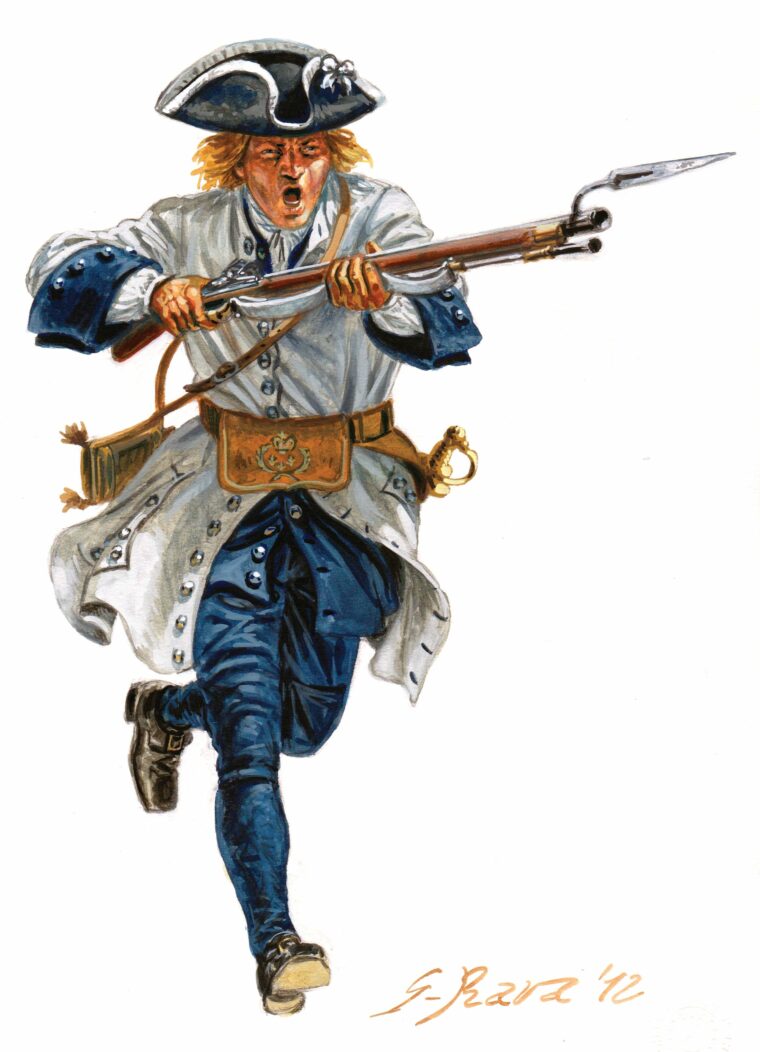
BAYONET: The socket bayonet replaced the plug bayonet by the beginning of the 18th century, allowing soldiers to fire their muskets while the bayonet was fixed to the barrel. The three-sided blade was angled slightly away from the barrel, making it easier for the soldier to load is musket with the bayonet fixed.
MUSKET: The smoothbore, flintlock musket, called a fusil by the French, was lighter and easier to carry than antiquated matchlock firearms. The fusil loaded in much less time and misfired less frequently. Once loaded the weapon could be slung or stacked. They had an effective range of 50 to 100 yards.
WAIST BELT AND accoutrements: A leather cartridge pouch was affixed to the waist belt, along with a leather “frog” that carried a sword and the bayonet when returned to it’s sheath. The infantry carried heavy swords for use in close-quarters fighting, or when the formation was overrun.
Uniform: The wool uniform consists of blue breeches and waistcoat with a full, grey-white coat with blue cuffs, called a justacorps. As many as five dozen brass or pewter buttons decorated the justacorps. Dark stockings or gaiters covered the lower legs.
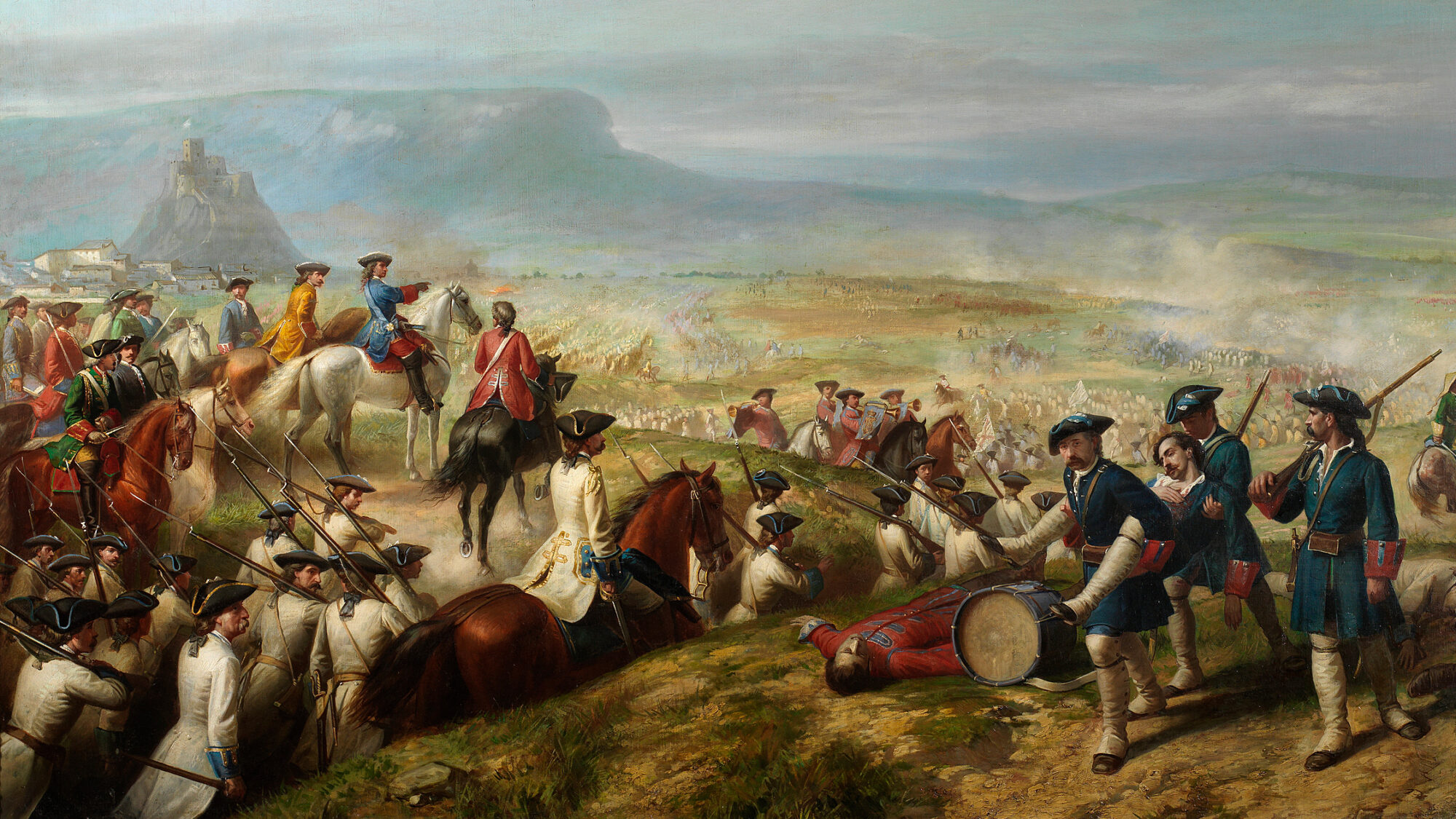
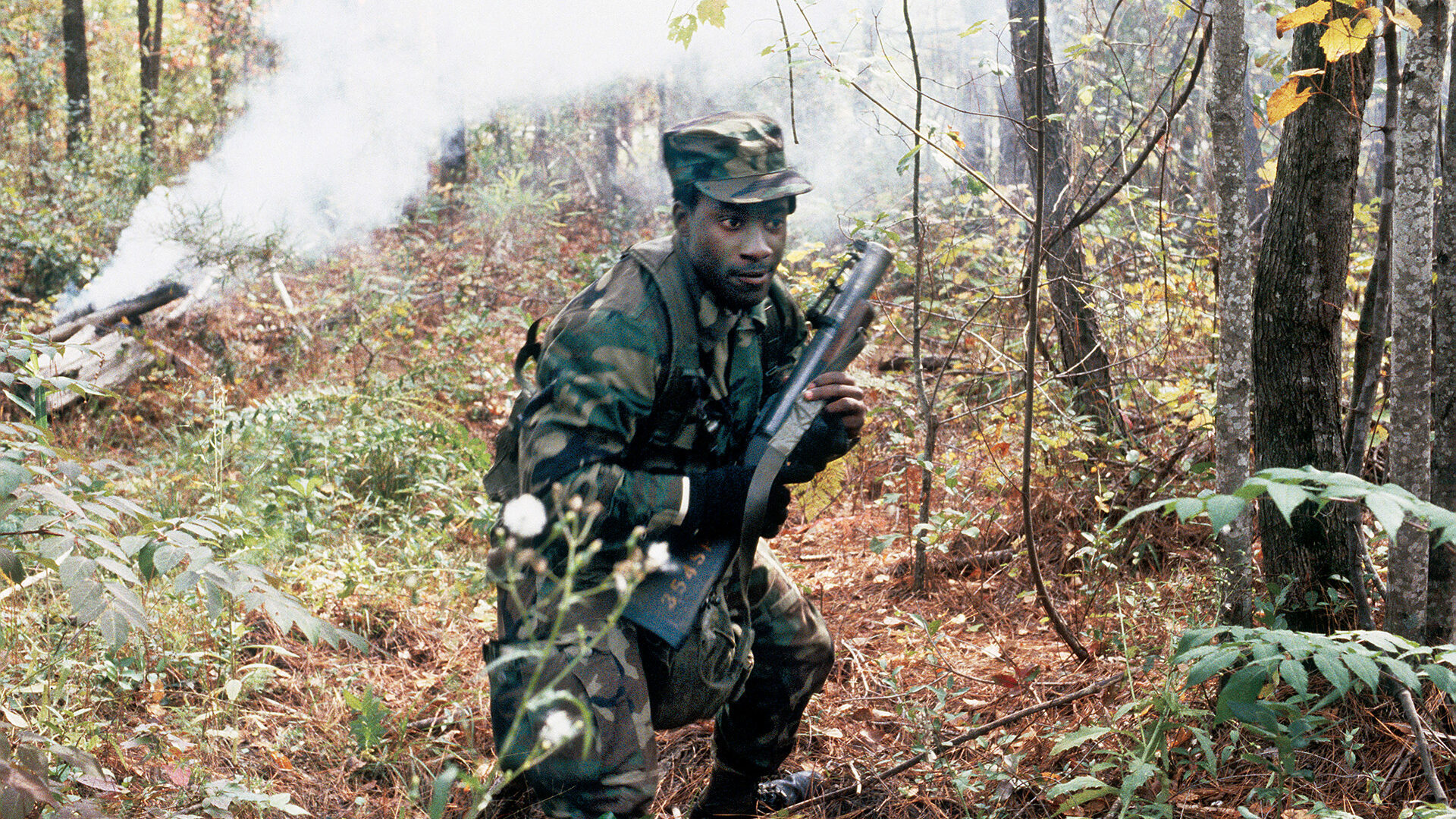
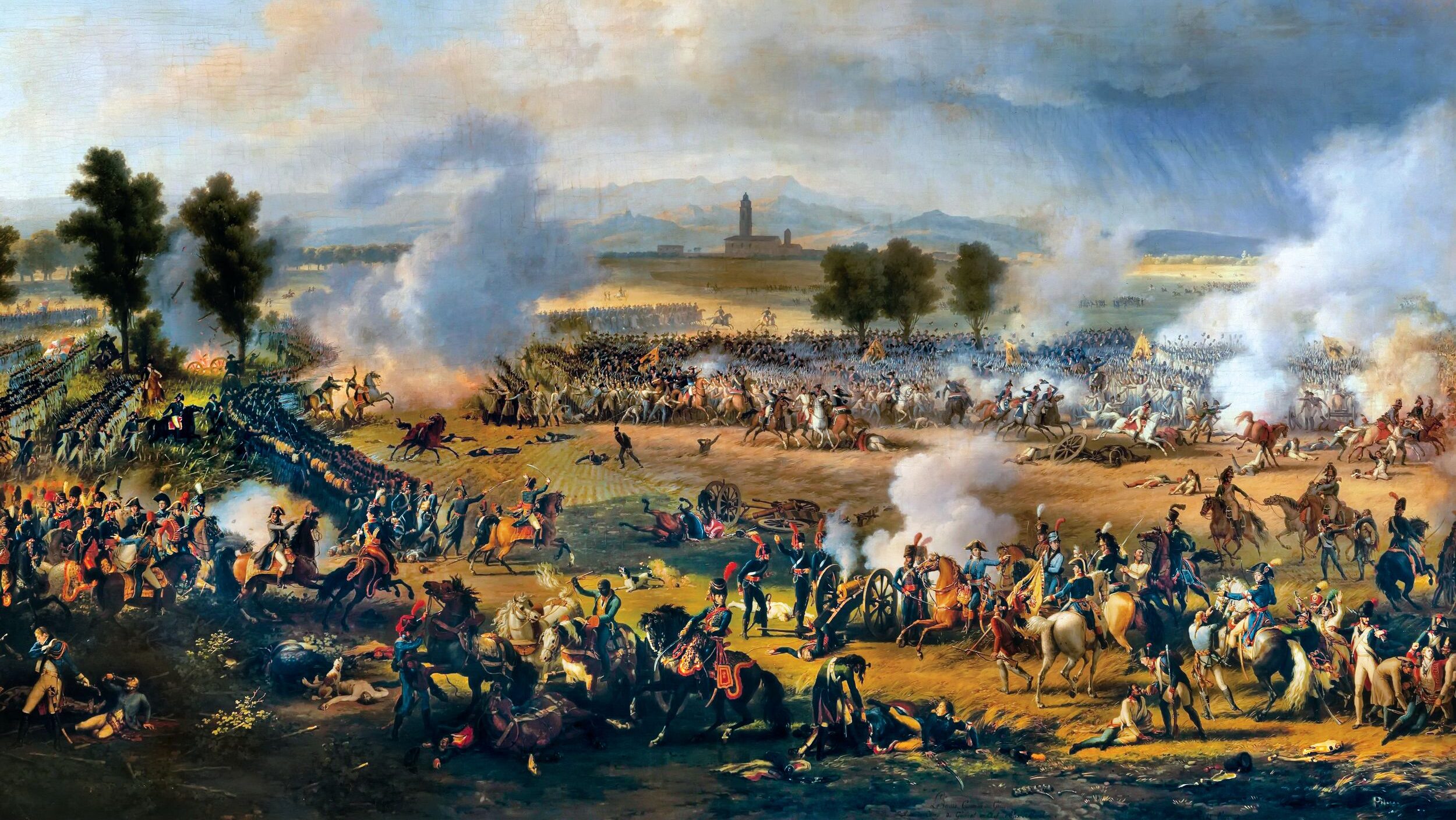
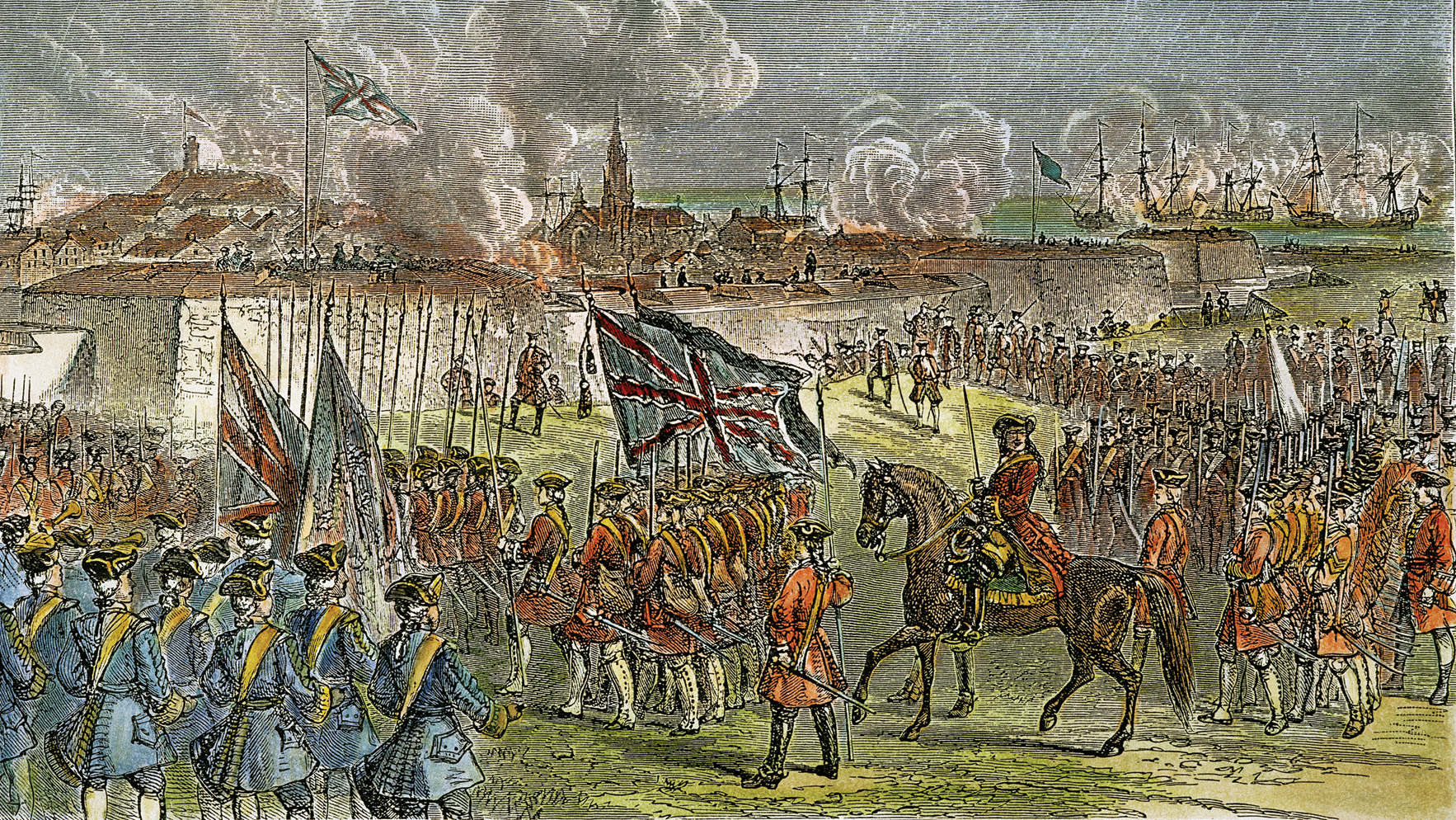

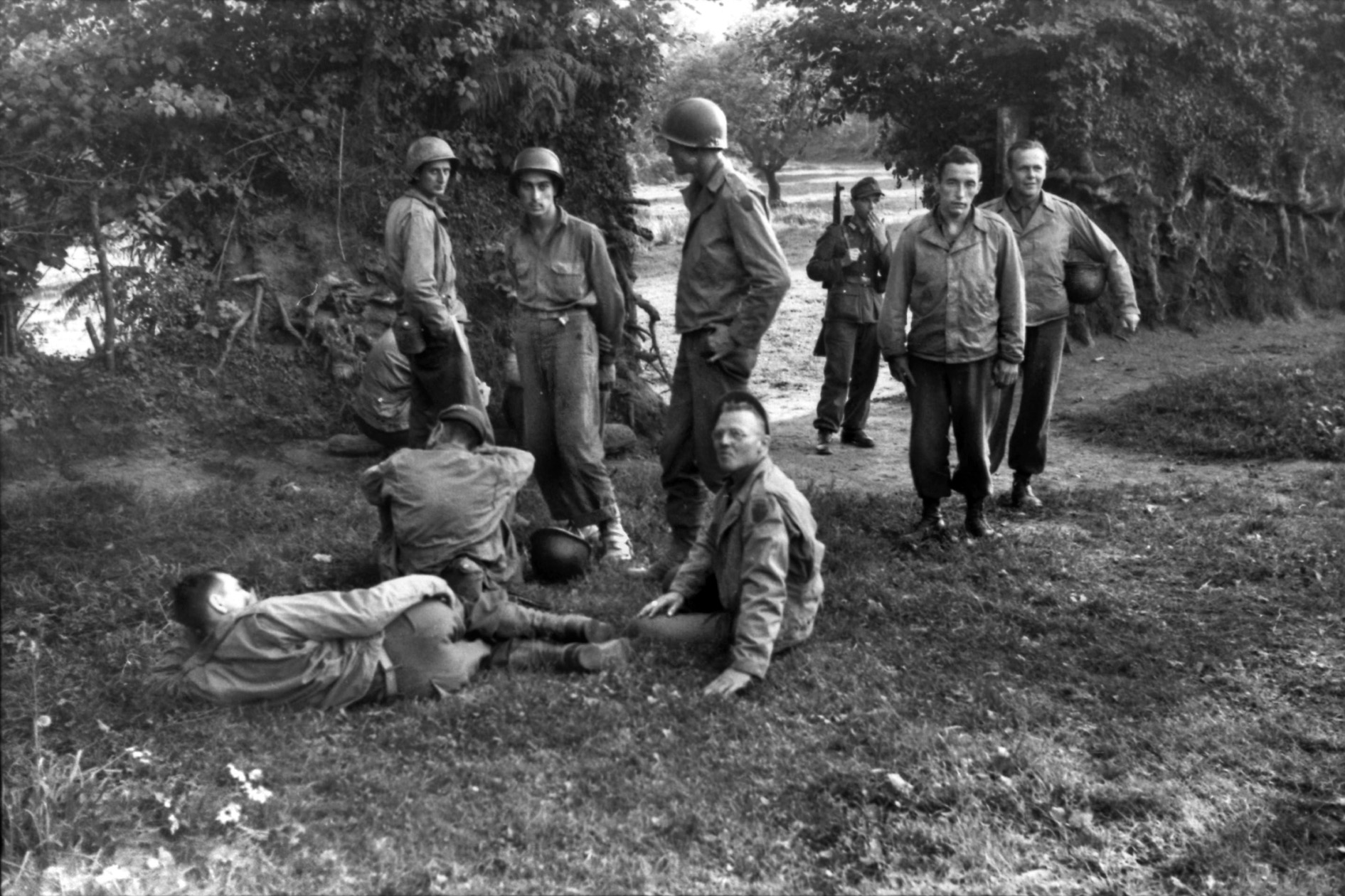
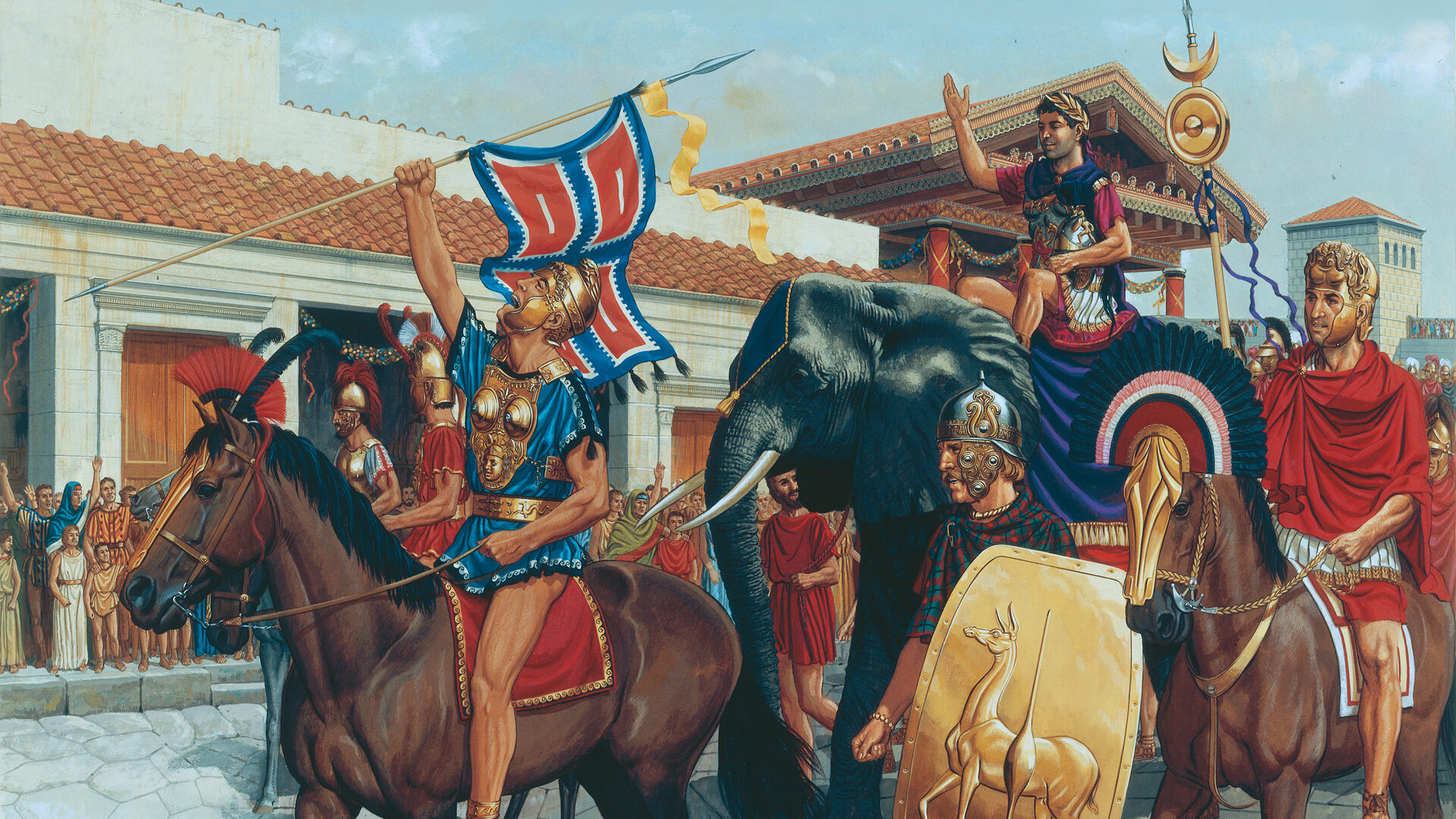
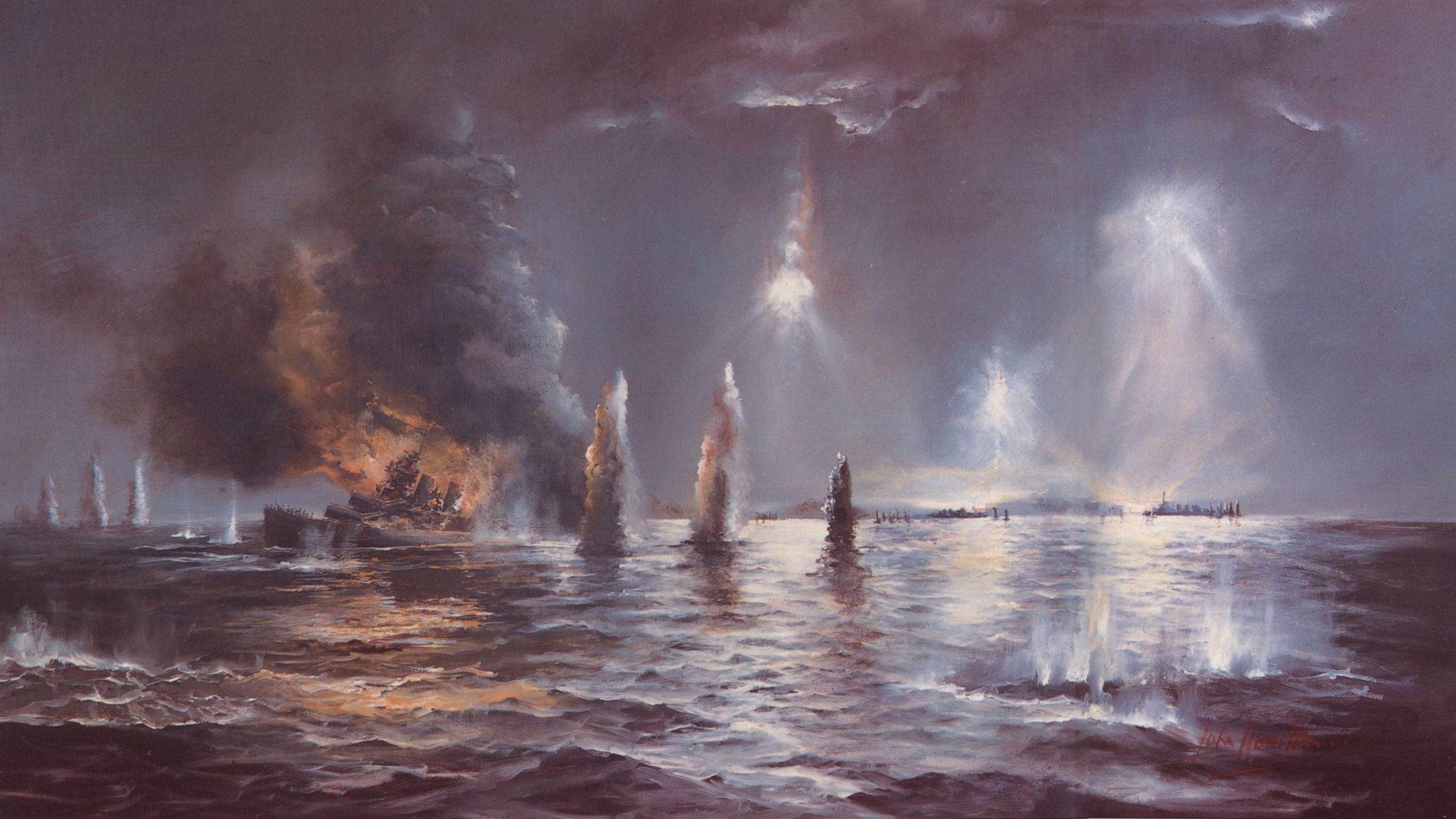
Join The Conversation
Comments
View All Comments